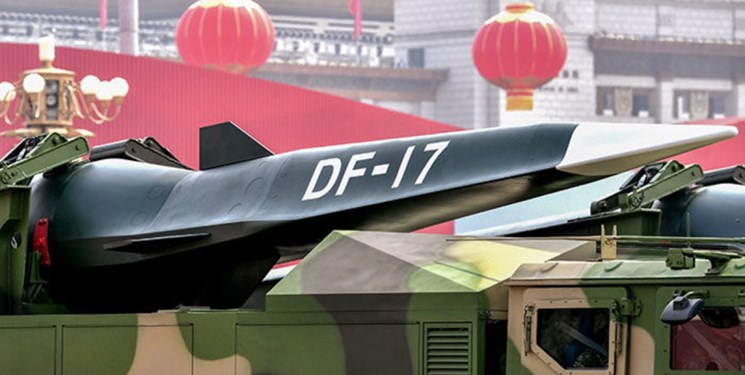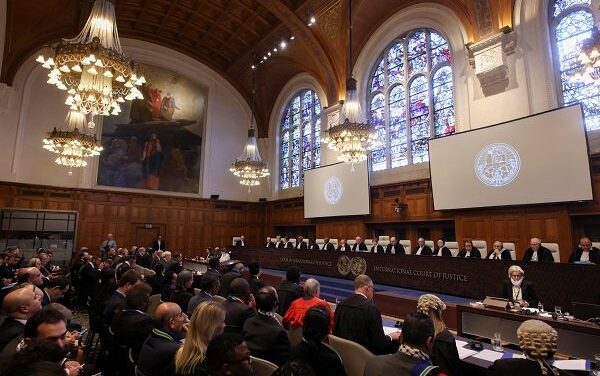Hypersonic or supersonic missiles move at low speeds at five times the speed of the sound, while being able to move in reaching the target, and can make interception and destruction difficult for missile defense systems. Since China, along with Russia and the United States, is seriously pursuing a missile development program, it seems that testing such missiles, along with other missile development programs by China, is part of the country’s new military and security strategy.
For decades, the Chinese military has aimed at improving missile capabilities in retaliation for nuclear strikes. Until the beginning of the new century, China pursued its missile program only as short-range and medium-range missiles, but over the course of the new century, Beijing has increased its launch silos and variety of its missiles as such that from 2013 to 2020, the number of missile launchers and silos in the country has increased two to three times.
Such a development could seriously challenge the American mindset of superiority, especially in the Indo-Pacific region; because such missiles could, in addition to providing effective nuclear deterrence, weaken the US regional defense shield and increase its vulnerability to Chinese attacks. The US response is a confirmation of this; as such that US Defense Department spokesman John Kirby has announced that development of China’s weapons program, especially its missile program, could be tense and dangerous, and that it would be clear evidence to the fact that China has become Washington’s number one challenge.
Development of China’s missile program and launching systems reflects a change in its security strategies, especially its missile strategy. Different objectives and approaches can be mentioned in examining the evolution of China’s missile strategy; the first target can be based on the predetermined “from wealth to power” path, according to which China, as a developed power in the field of economy and technology, while adapting its military power to the mentioned areas, will increase its power, position and regional and global authority. On the other hand, China’s target in developing its missile program, especially testing of supersonic missiles, could be considered as making efforts to gain leverage if the country is forced to accept arms control talks; an issue that the United States has taken very seriously, both in the Trump administration and in Biden, and China has so far refused to accept it.
On the other hand, China’s target of adopting this strategy may lead to the beginning of such a competition in the region, contrary to China’s traditional policy of avoiding an arms race with the United States. A competition that will in fact require a general overview of the country’s traditional policy of minimal deterrence.
Clearly, adopting this strategy is in response to security threats from the United States and its allies, against that country by creating A2/AD airspace or sea bubbles along the Chinese coast. The response comes as China’s military capabilities increase and it prepares to respond to threats against its interests and security. Chinese military missiles such as the DF-26 with a range of 4,000 km and the ability to carry nuclear warheads could threaten US interests, especially in Guam. In addition, the country’s DF-21D anti-ship missile with a range of 1,550 km can target hostile naval vessels. The vessels which to date, through the Aegi SBMD tracking system, have been a strong point in the US security strategy in the region and in the encounter with China.
In addition to such missiles, other types of short-range and medium-range missiles, the Chinese military can fire at large scale targets in Taiwan and other US interests and its regional allies, and as mentioned, such an issue could lead to large-scale arms competition in the region.
Overall, it seems that the outcome and common target of all the options available in examining the targets of the country’s strategic missile program will be to upset the regional “defense-offensive” balance and shift its weight toward offensive. The balance of invasion will gradually increase as China’s capabilities increase and may become more pronounced in the coming years.
China’s growing power in Hong Kong, its growing regional and international influence, its offensive movements near Taiwan’s borders, and its more reckless flight over areas in conflict with Japan all testify to its growing capabilities, much of which rely on missile capabilities and adoption of a new missile strategy.
Unlike what happened in previous decades, such as the Third Taiwan Crisis in 1995-96, China is no longer merely compelled to respond very narrowly and reciprocally to threats from the United States and its regional allies, and has been able through its gradual efforts aimed at shifting the regional balance, to put the United States and its allies in a position of reaction vis-à-vis its actions.










0 Comments